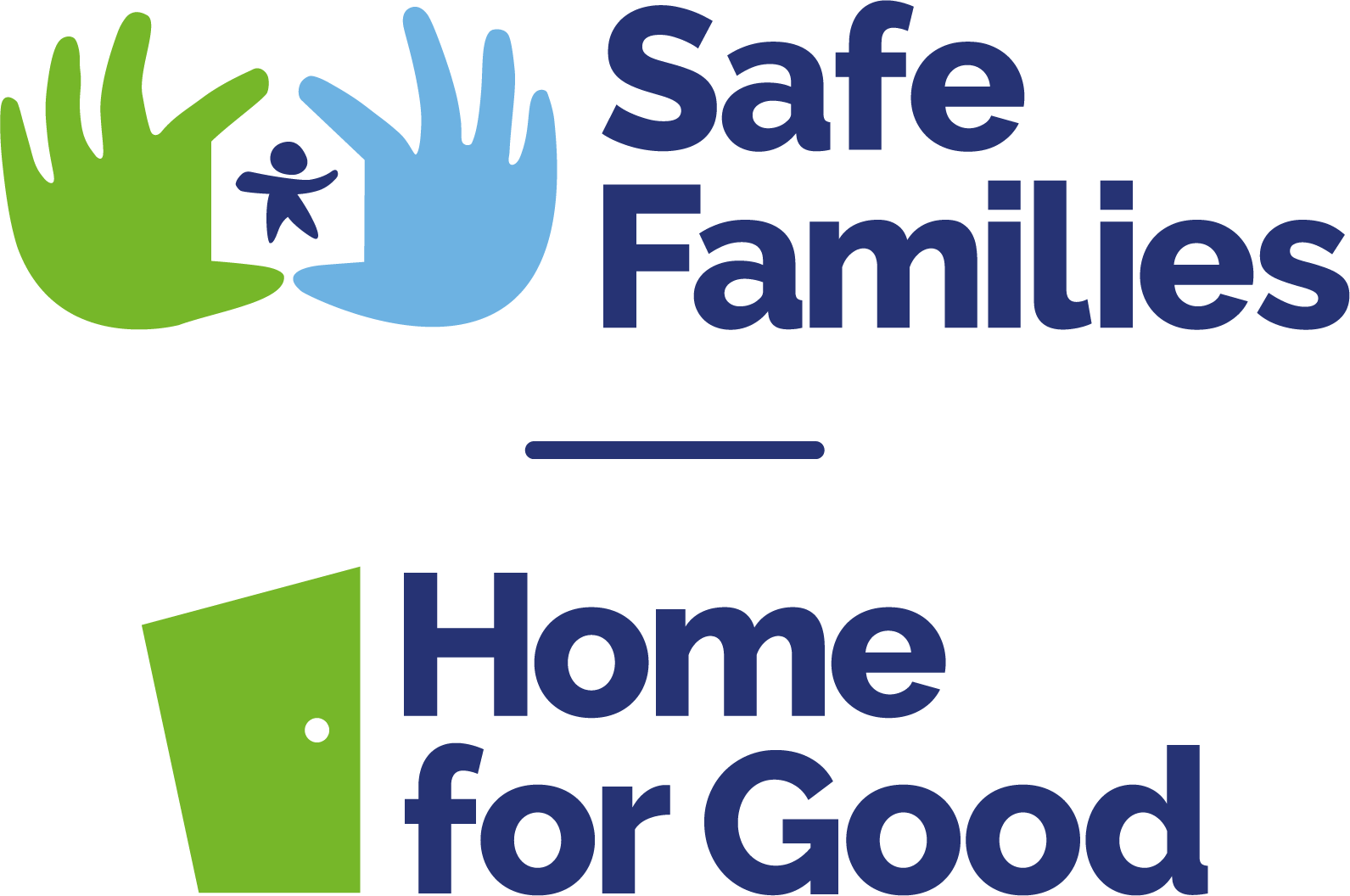Every child is completely and utterly unique.
Their past experiences and present circumstances are unique. Their needs, their understanding, and their hopes for the future are unique. And so, the setting and environment where they can be loved and nurtured, and where they will go on to thrive, needs to be just right for them.
This is their home for good.
All of the following stories are based on the experiences of real children.
Charlie and Dylan are five-year-old twins.
Full of energy, they love to be outside and especially enjoy trips to the beach. Charlie also loves to paint and draw, and Dylan is happiest when he’s playing with his foster family’s dog. In the early years of their life, the boys experienced severe neglect and both now have a significant developmental delay, although since coming into foster care a year ago, Charlie has made considerable progress and is likely to be able to engage with mainstream school. For Dylan, things are more challenging and he will probably need a lot of extra support in place.
Social workers explored various options, but the boys are no longer able to live with their birth family. Charlie and Dylan need a permanent adoptive family who will give them security and stability, offer them unconditional love and acceptance, and nurture them both so they are able to achieve their own, unique potential.
Nassor is eleven and his sister Rehema is ten.
Social services became aware of the siblings when their birth mother attempted suicide, and found that she was battling with drug addiction and mental health issues. The children were cared for by various members of their extended family and were often moved back and forth, without knowing how long they would be staying anywhere. Such a lack of stability means that both Nassor and Rehema struggle with attachment difficulties, which outworks through their behaviour.
Sadly, no members of their birth family are able to offer the children the consistent, appropriate care that they need, yet understandably Nassor and Rehema feel a deep bond with their family and their cultural heritage. It is best that the children are placed with a stable and committed long term foster family who can give them therapeutic care and support, which will hopefully enable them to flourish. They will be able to maintain contact with their birth family.
Matthew is a newborn baby.
His birth mum has significant learning difficulties – she loves him very much but is unable to give him the care he needs. When he was born, Matthew went to live with his mum’s older sister and he is thriving with his aunt, uncle, and two cousins. His birth mum is still able to see him regularly. This is a kinship care placement, when a child is looked after by a close relative while still in the care of the local authority. If the carers are not close relatives, this is called private fostering.
Given that Matthew is happy and settled and social services have no concerns over his placement, his aunt and uncle are applying for a special guardianship order, which means that parental responsibility will transfer to them.
Kayleigh is seven, her brother Kai is six, and their sister Kiera is four.
The children have been known to social services since Kayleigh was born, and they often move between living at home and staying with their grandmother. Their mother’s new boyfriend has recently moved in and Kai’s teacher noticed he became significantly withdrawn and anxious, and then saw bruising on his legs while he was changing for P.E.
Although their grandmother has cared for them in the past, she is currently unable to do so for health reasons. Kayleigh, Kai and Kiera need a short-term foster placement where they will be safe and cared for while social workers can ascertain what has happened and work out the best plan for their future.
Saman spent eight months making his way across Europe from Afghanistan.
He was told to flee by his family after his father was killed, and his journey was perilous. He finally arrived in the UK shortly before his sixteenth birthday with only the clothes he was wearing and a few personal possessions, seeking asylum and the chance of a future. He speaks only a few words of English but is desperate to learn.
Saman is ready for some level of independence, but still requires some support as he settles into a new community and culture and deals with the difficult things he's experienced. It's decided that supported lodgings could be a good opportunity for Saman. His host family will offer him stability and support to establish a new way of life here, stand with him through the legal process of trying to gain refugee status and help him prepare for adulthood and independance.
It is estimated that around 36,000 children and young people will enter the care system in the UK each year. Some of them will be able to remain with one or both birth parents with extra support in place, others may need to be cared for by relatives or close friend. Many will be placed in short-term foster care while longer term plans are established, which could be a return to their birth family, a move to a long-term or permanent foster placement, or to an adoptive family.
Home for Good is committed to finding the right homes for children and young people.
Working in partnership with a range of great local authorities, adoption agencies, and not-for-profit independent fostering agencies, we recognise the importance of every type of care and will always advocate for the placement that is in the child’s best interest.
Could you offer a child or young person a home for good? Join us for an online information session, Caring for children and teenagers, to find out more.








